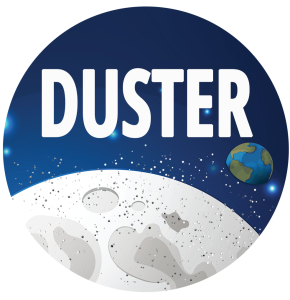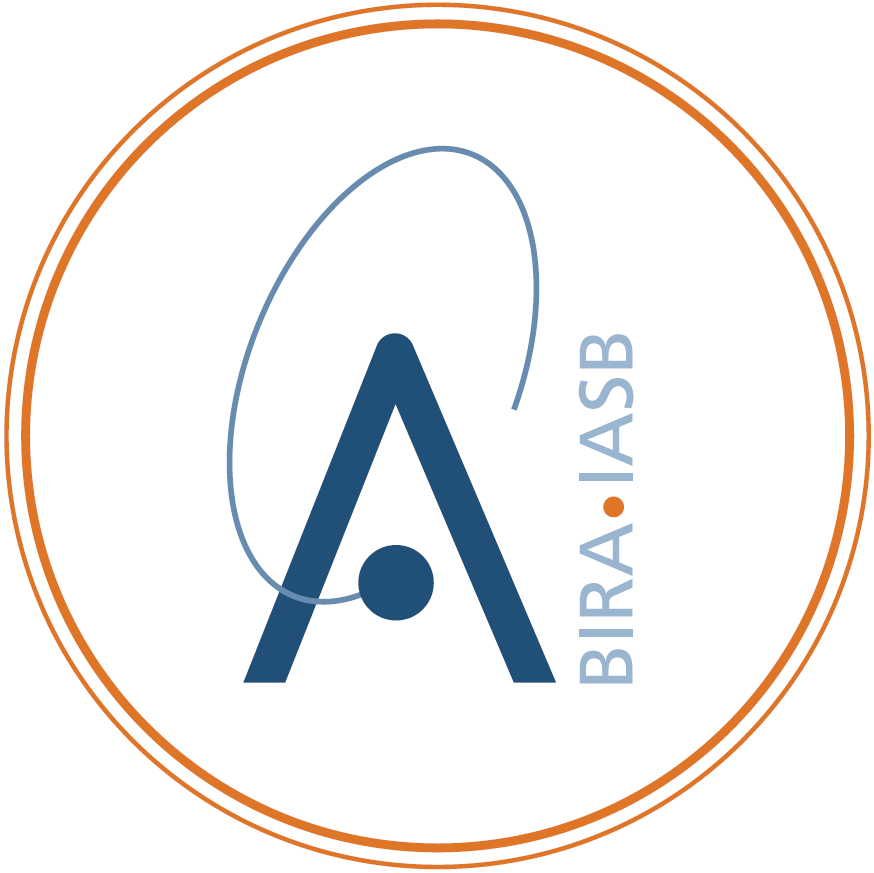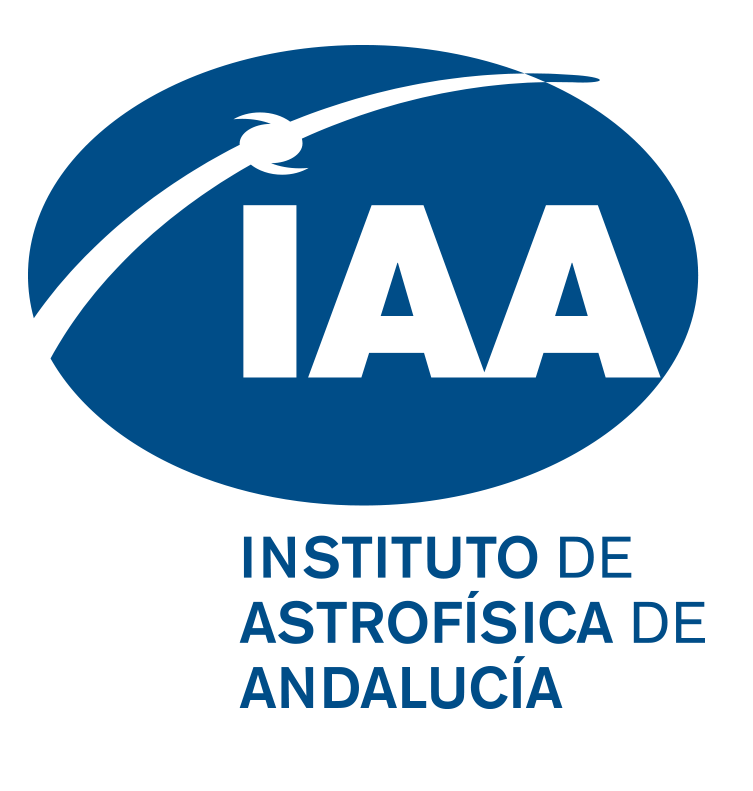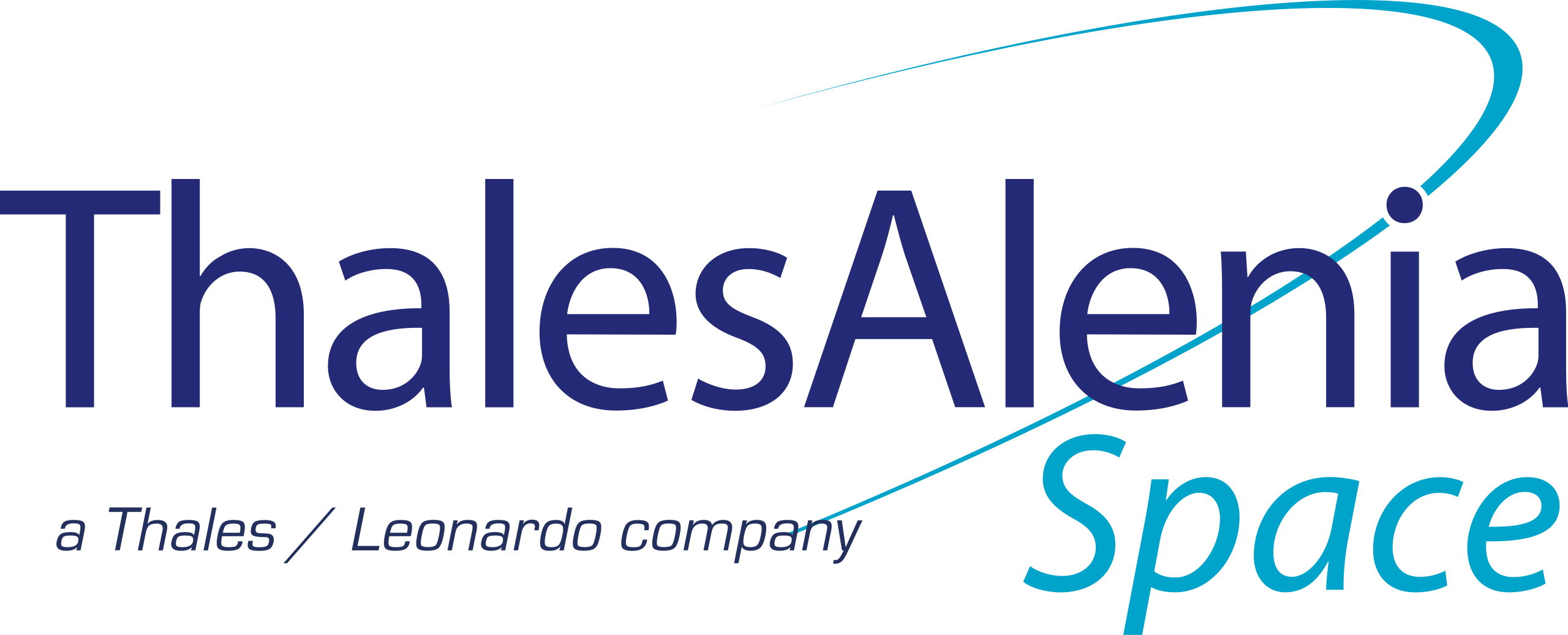Dusting the Moon
Karolien Lefever and Sylvain Ranvier (BIRA-IASB, Belgium) report on a project that gets to grips with lunar dust in preparation for future exploration missions.
Read article in the fully formatted PDF of the Europlanet Magazine.
Dust is omnipresent. On Earth, you may find tiny dust particles on surfaces all around your home, and even floating around in the air. Whilst some enjoy watching sparkly flecks illuminated by sunlight, for others, dust can be a real problem, as it contributes to allergies, respiratory problems, and asthma.
Beyond Earth, dust is also found on and around other Solar System objects, such as planet Mars, comets, asteroids, or the Moon. In space, dust can have some very nasty effects.
Several Apollo astronauts returning from the Moon mentioned that the dust that clung to everything, including their spacesuits, and that it made their throats sore and their eyes water. They tried using their hands or a brush to sweep the dust off their spacesuits, but neither method proved very effective.
Lunar dust is made up of tiny, sharp, and abrasive particles of lunar rock that have been crushed by meteorite and micrometeorite impacts. Sharp like glass, but fine like powder, lunar dust can be less than 20 microns in size, making it very damaging in ways that we don’t see on Earth. The low gravity of the Moon, one sixth of Earth’s, allows tiny particles to stay suspended for longer and penetrate more deeply into astronauts’ lungs.
Dust poses a real challenge for future crewed and robotic exploration missions. Apart from potentially compromising astronauts’ health by inhalation and irritation of respiratory systems, lunar dust has many other hazardous potential effects, e.g. spacesuit tearing, external vision obscuration, false instrument readings, dust coating and contamination, loss of traction, clogging of mechanisms, abrasion, thermal control problems (overheated radiators) and seal failures.
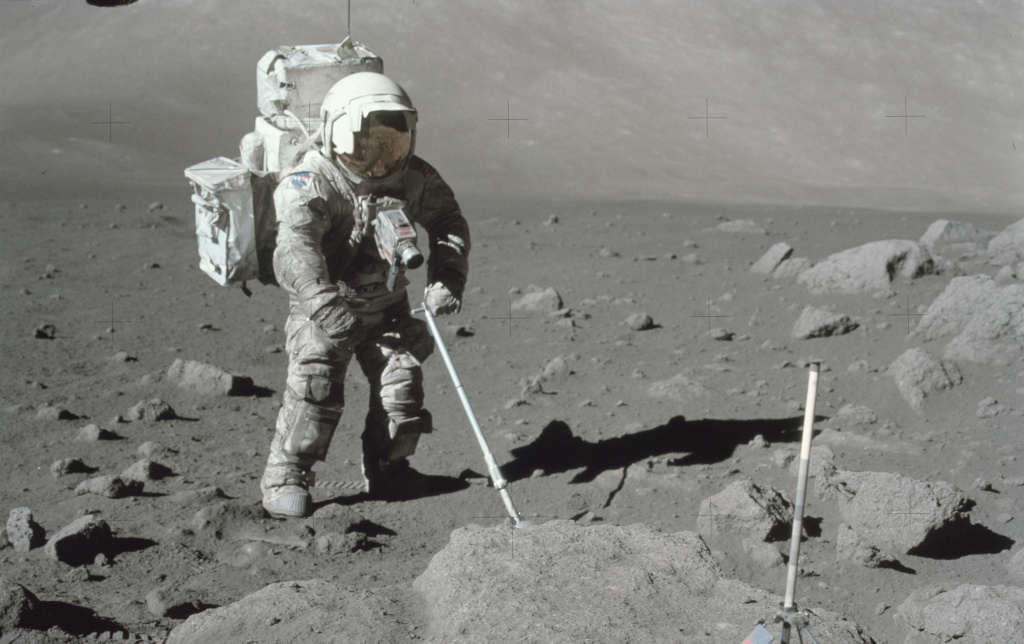
Dust Charging
Unlike on Earth, the lunar soil (known as regolith) isn’t packed down. Dust particles and clouds have been seen floating several centimetres to metres above the surface, despite the fact that there is no wind or water flowing on the surface to lift them up. Tiny particles can even be transported across vast distances on the Moon. Scientists attribute the dust mobilisation to electrostatic forces. Similar phenomena could take place on other airless bodies such as comets and asteroids.
Although the physical and dynamical processes behind dust lifting and transport are not yet entirely understood, we know that Moon dust may look and behave differently depending on its location on the surface compared to the Sun (the solar zenith angle).
For example, the Sun-facing side (the dayside) is constantly exposed to solar radiation. Irradiation of material on the surface in the UV and X-ray range results in photoemission of electrons (i.e. the release of negatively charged particles). This causes the dust on the dayside to have a slight positive electrical charge, with a potential of about +10V, which means that it clings to everything – like static effects here on Earth.
On the nightside, charged particle interactions tend to induce a negative potential, estimated to lie normally between -100 V and -200 V.
Near the terminator, the region between the shadowed and the sunlit sides, strong electric fields are present because of the fast transition from positive to negative potentials. Medium and small-scale structures such as craters or rocks may even amplify this aspect. This electric field could be the cause of electrostatic levitation and horizontal transport of lunar dust grains, leading to the net deposition of dust from the dark into the sunlit hemisphere.
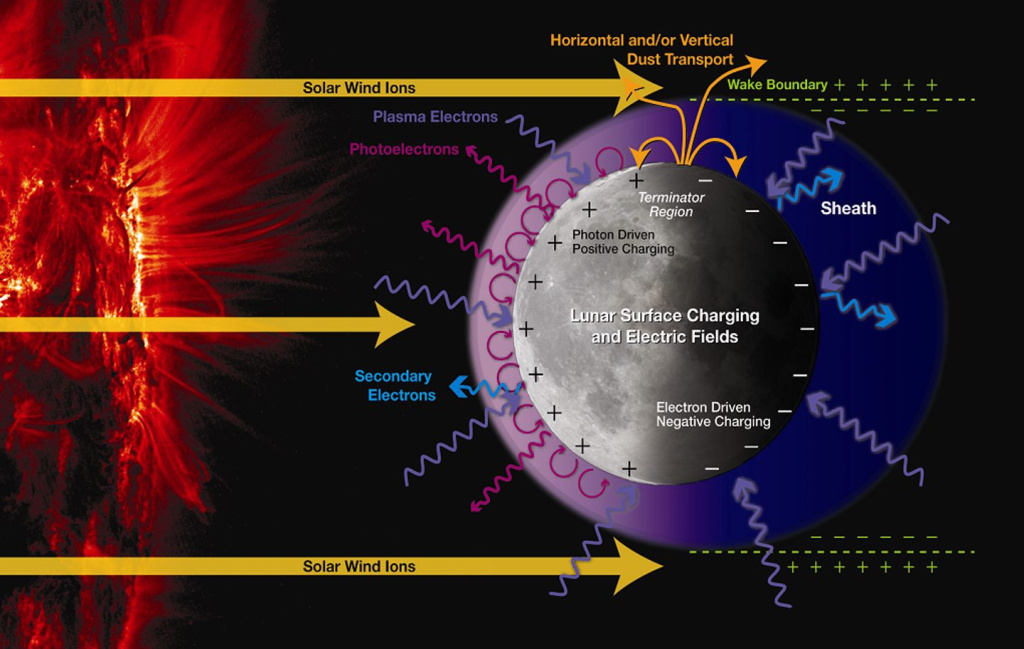
The DUSTER Project
As space agencies like NASA and ESA are preparing to return to the Moon, international teams of scientists and engineers are thoroughly investigating the physical properties of near-surface lunar dust to assess dust pollution risks and to find ways of efficiently mitigating its dangers. Among them is the DUSTER project team, led by the Royal Belgian Institute for Space Aeronomy (BIRA-IASB), which combines efforts with ONERA, the French Aerospace Lab, Instituto de Astrofísica de Andalucia (CSIC-IAA, Spain), and Thales Alenia Space – España (TAS-E, Spain), and is funded by the European Commission’s Horizon Europe programme.
Through laboratory experiments, DUSTER (short for ‘Dust Study, Transport, and Electrostatic Removal for Exploration Missions’aims to study electrostatic charging and adhesion of dust grains in regolith, which is crucial to understanding dust transport at the surface of airless bodies. The project will develop an engineering model of an instrument able to perform the necessary measurements to investigate those phenomena, in-situ, at the lunar surface. Developing the technology required to electrostatically move the dust grains, in a controlled way, constitutes a first step toward a sensitive surface-cleaning device.
Analogue Tests
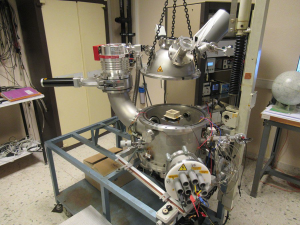
To better understand the regolith charging in space environments, the DUSTER team is investigating the charging of lunar dust simulants in the laboratory through both a modelling and experimental approach. Using a dedicated setup in the DROP (Dust Regolith Or Particles) facility at ONERA Toulouse, which mimics lunar environmental conditions as realistically as possible, the team has shown that it is feasible to measure the electric field at the surface of the dust layer, to attract and move charged grains by applying an electric field, to measure the resulting current, and to infer the amount of electric charge carried by the mobilised dust grains. These first results are very encouraging.
Prototyping the Instrument
Based on the outcome of the laboratory experiments, a prototype for an in-situ instrument is being designed, manufactured and tested in a controlled environment. The compact DUSTER instrument should allow an in-situ analysis of the mechanical and electrical properties of dust and electrostatic transportation, when installed on a small lunar lander.
The instrument will enable the controlled extraction of dust grains from real regolith exposed to a natural (i.e. uncontrolled) environment. To do so, the instrument will be composed of three sensors: a Langmuir probe (to measure the electron temperature, electron density and electric potential of a plasma) an electric field probe; and a dust collector that consists of a high-voltage electrode coupled to an electrometer.
Results will allow the determination of the electric field needed to attract/collect dust according to the environmental conditions (illumination, plasma density and temperature). This will enable the design of electrostatic dust mitigation devices and dust sample collectors, for a wide range of environments, including the Moon, Mars, comets or asteroids.
Find out more
Acknowledgements

This project has received funding from the European Union’s HORIZON Research and Innovation programme under grant agreement No 101082466.
Views and opinions expressed are however those of the authors only and do not necessarily reflect those of the European Union or the granting authority. Neither the European Union nor the granting authority can be held responsible for them.


